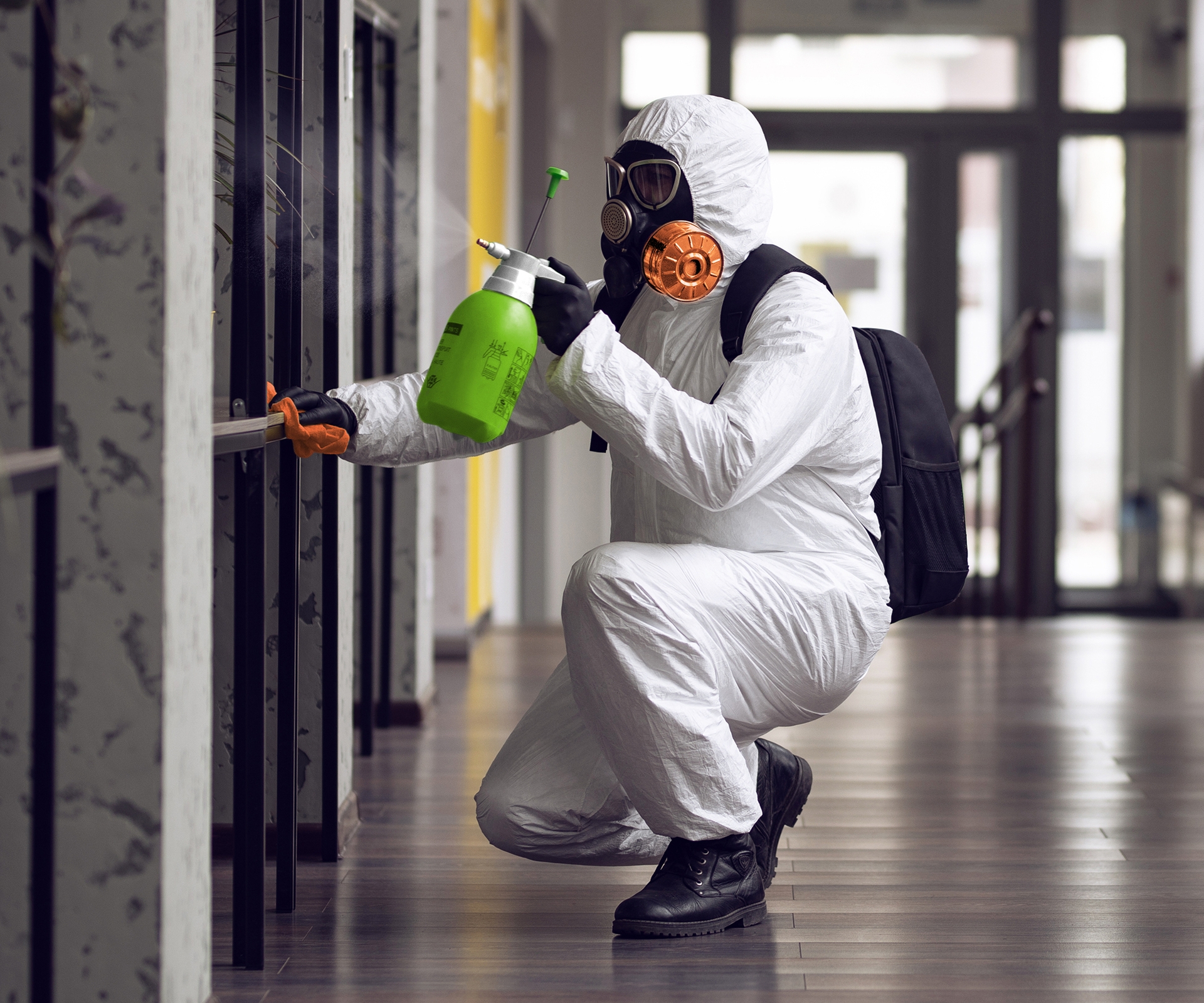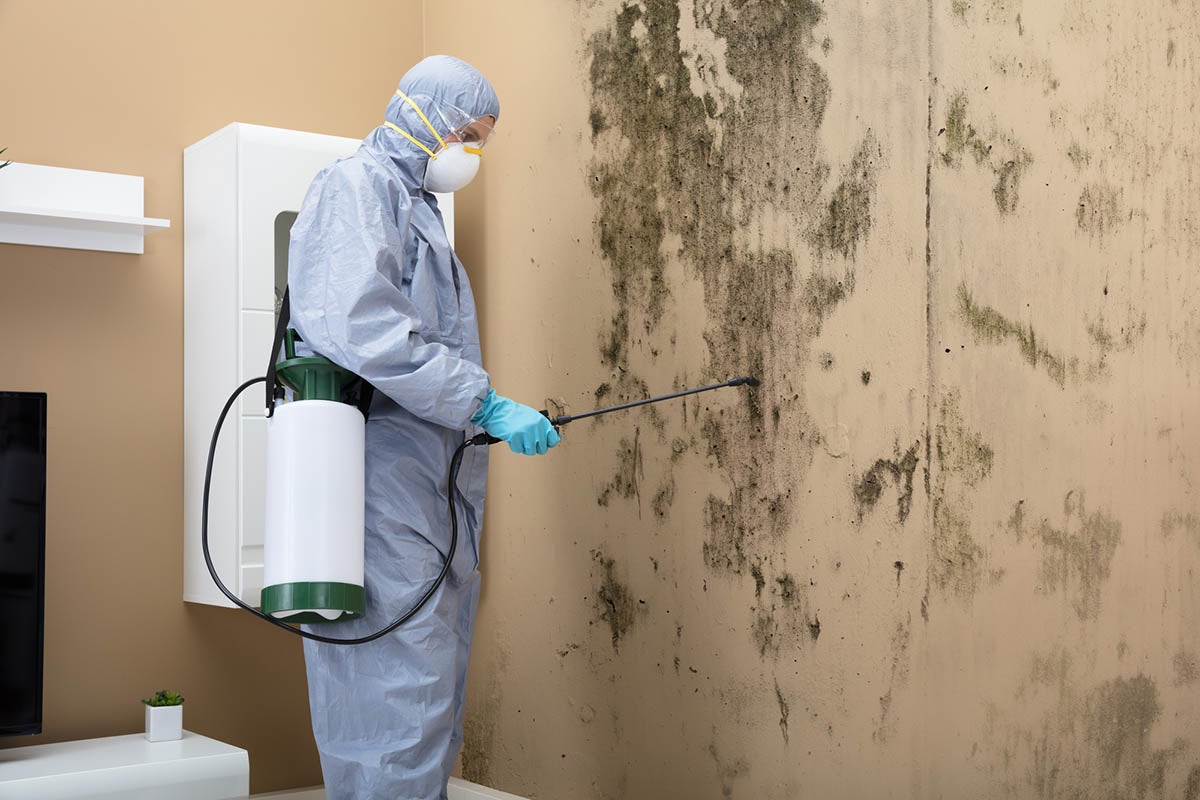Crucial Actions After Mold Remediation
Wiki Article
Expert Tips for Post Mold Remediation Success
In the world of mold removal, successfully getting rid of mold and mildew is just half the fight; the real obstacle exists in avoiding its reappearance. By sticking to skilled ideas and finest practices, individuals can safeguard their areas against mold and mildew rebirth and preserve a healthy indoor setting.
Screen Moisture Degrees Consistently
After finishing mold and mildew remediation treatments, preserving optimal moisture levels is crucial to stop mold and mildew re-growth and ensure a healthy interior atmosphere. High moisture degrees above 60% create a favorable atmosphere for mold and mildew to flourish, making normal keeping track of an aggressive measure to stop any future mold problems.Making use of hygrometers or moisture meters can assist in accurately measuring humidity degrees in various locations of the residential or commercial property. These tools supply real-time information that makes it possible for removal professionals to make informed decisions pertaining to ventilation, dehumidification, and other necessary activities to preserve optimal moisture levels post-remediation. Furthermore, developing a routine schedule for humidity checks, specifically in risky areas such as washrooms, kitchen areas, and basements, is an aggressive approach to mold prevention. By constantly keeping track of humidity levels, residential property proprietors can properly mitigate the danger of mold reoccurrence and maintain a healthy and balanced interior environment post-remediation.
Conduct Thorough Inspections Post-Remediation
Complying with the completion of mold removal procedures, it is necessary to conduct comprehensive examinations to verify the efficiency of the remediation process. These post-remediation assessments are crucial in guaranteeing that the mold issue has been efficiently dealt with which there is no reoccurrence or staying mold and mildew growth. Inspections ought to be accomplished by qualified specialists who have knowledge in recognizing mold and evaluating interior air quality.During these evaluations, numerous approaches such as visual analyses, air tasting, and surface sampling may be utilized to extensively evaluate the remediated locations. Aesthetic analyses include a detailed inspection of the premises to inspect for any type of visible indications of mold and mildew development or water damage. Air sampling helps in establishing the air-borne mold and mildew spore degrees, while surface area sampling can detect mold fragments on surfaces.
Implement Appropriate Ventilation Techniques
After making sure the effectiveness of the mold and mildew remediation procedure through thorough evaluations, the next critical step is to focus on executing appropriate air flow techniques. Adequate air flow is vital in protecting against mold reoccurrence by regulating wetness degrees and promoting air flow.
Appropriate air flow not only help in avoiding mold and mildew growth but additionally contributes to the general wellness and comfort of passengers. By making sure ample ventilation throughout the residential property, you can lower the risk of mold and mildew regrowth and produce a much healthier living atmosphere.

Use Mold-Resistant Products for Fixes
To boost the lasting effectiveness of mold remediation efforts, integrating mold-resistant products for repairs is vital in mitigating the threat of future mold development. Mold-resistant materials are developed to withstand dampness and inhibit mold and mildew growth, making them a necessary choice for locations prone to wetness and humidity. When repairing areas influenced by mold and mildew, making use of materials such as mold-resistant drywall, mold-resistant paints, and mold-resistant caulking can aid avoid mold recurrence.Mold-resistant drywall is an outstanding alternative to conventional drywall in areas like cellars and shower rooms where wetness degrees are higher. This type of drywall has a special coating that withstands mold development also when subjected to damp conditions. Additionally, making use of mold-resistant paints having antimicrobial representatives can further prevent mold and mildew growth on walls and ceilings.
In areas where dampness prevails, such as bathroom and kitchens, making use of mold-resistant caulking around bathtubs, sinks, and home windows can assist seal out water and stop mold and mildew from taking hold in cracks and crevices. By spending in these mold-resistant materials during repair services post-remediation, you can substantially lower the chance of future mold and mildew issues and preserve a much healthier indoor environment.
Maintain Tidiness and Address Water Issues
Ensuring tidiness and immediately addressing water issues are basic techniques to promote in safeguarding indoor spaces from mold reinfestation. After mold and mildew remediation, it is critical to maintain a clean atmosphere to protect against the regrowth of mold and mildew (Post remediation mold testing near me). Regular cleaning, cleaning, and vacuuming can aid get rid of any type of sticking around mold and mildew spores and stop them from proliferating and resolving. Furthermore, maintaining indoor spaces completely dry and attending to any type of water issues promptly Post Remediation Inspection near me is important in mold and mildew avoidance. Leakages, water invasion, or high moisture levels can produce the ideal breeding place for mold and mildew, so it is vital to take care of any kind of water-related problems instantly.To keep tidiness, consider utilizing HEPA filters in vacuums and air cleansers to trap mold spores and prevent their circulation airborne. Making sure proper air flow in areas vulnerable to moisture accumulation, such as restrooms and cooking areas, can assist keep moisture degrees in check. By remaining watchful about sanitation and resolving water concerns promptly, you can properly avoid mold and mildew reinfestation and maintain a healthy interior environment.
Final Thought

In the world of mold and mildew remediation, efficiently eliminating mold is only half the battle; the true difficulty lies in preventing its reappearance. After finishing mold removal procedures, keeping ideal humidity degrees is essential to avoid mold re-growth and guarantee a healthy indoor setting. High humidity degrees above 60% develop a favorable atmosphere for mold and mildew to grow, making normal checking a positive procedure to stop any kind of future mold and mildew problems.
To boost the long-lasting effectiveness of mold removal initiatives, integrating mold-resistant products for repair services is vital in reducing the danger of future mold development. After mold and mildew remediation, it is important to maintain a clean environment to prevent the regrowth of mold.
Report this wiki page